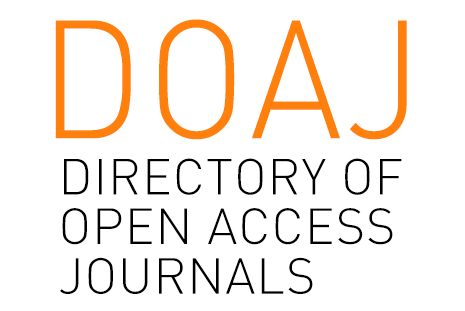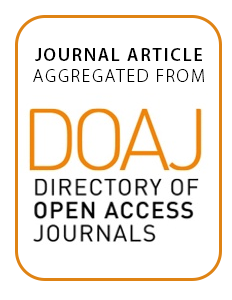Location
The Directory of Open Access Journals was launched in 2003 at Lund University, Sweden, with 300 open access journals and today contains ca. 10000 open access journals covering all areas of science, technology, medicine, social science and humanities.
DOAJ is a membership organisation and membership is available in 3 main categories: Publisher, Ordinary Member and Sponsor. A DOAJ Membership is a clear statement of intent and proves a commitment to quality, peer-reviewed open access. DOAJ is co-author to the Principles of Transparency and Best Practice in Scholarly Publishing (Principles) and DOAJ members are expected to follow these principles as a condition of membership. DOAJ reserves the right to reject applications for membership, or revoke membership if a member or sponsor is found to contravene the Principles. Read more about membership here.
DOAJ is a community-curated list of open access journals and aims to be the starting point for all information searches for quality, peer reviewed open access material. To assist libraries and indexers keep their lists up-to-date, we make public a list of journals that have been accepted into or removed from DOAJ but we will not discuss specific details of an application with anyone apart from the applicant. Neither will we discuss individual publishers or applications with members of the public unless we believe that, by doing so, we will be making a positive contribution to the open access community.
DOAJ publishes Information for Publishers on this site to help Publishers adhere to the Principles and to assist them in completing an application. DOAJ also publishes a list of FAQs relevant to all members of the publishing community, particularly libraries and authors. All information on this site is available to both members and non-members.
Aims & Scope
The aim of the DOAJ is to increase the visibility and ease of use of open access scientific and scholarly journals, thereby promoting their increased usage and impact. The DOAJ aims to be comprehensive and cover all open access scientific and scholarly journals that use a quality control system to guarantee the content. In short, the DOAJ aims to be the one-stop shop for users of open access journals.
Members:
Resources
Displaying 781 - 783 of 783Urbanismo vs urbanización: distintas modalidades de hacer ciudad. / Town planning versus urbanization. Different ways of doing city.
El Plan Regulador Comunal es el instrumento normativo de planeación urbanística chilena, cuya formulación pretende regular en el ámbito comunal básicamente los siguientes aspectos: los usos de suelo, las condiciones de edificación y subdivisión del suelo, la red vial estructurante y los limites urbanos.Se cree que este instrumento es imperfecto toda vez que no incorpora en la normativa una dimensión clave del urbanismo: la morfología urbana, entendida como el sistema espacial tridimensional de la ciudad.
Santiago, ¿una mancha de aceite sin fin?¿Qué pasa con la población cuando la ciudad crece indiscriminadamente?
El crecimiento acelerado que caracteriza a la ciudad de Santiago se está dando básicamente por extensión en su periferia, ocupando nuevos territorios, hasta hace poco destinados a usos rurales. Frente a este hecho se intenta generar aquí un ámbito de discusión donde se presentan los diferentes argumentos que están presentes en el debate actual sobre las formas de crecimiento de la ciudad y sus implicaciones sobre la vida de sus habitantes.
Historia social de la acción colectiva urbana: Los pobladores de Santiago, 1957-1987
El artículo analiza la acción colectiva de los pobladores de Santiago entre 1957 y 1987 desde la perspectiva sociológica de los movimientos sociales. Las categorías del análisis remiten a cuatro familias de acción colectiva: acción reivindicativa, participación institucional, acción comunitaria y lógica de ruptura. El artículo muestra que las características del movimiento social en los períodos analizados corresponden a articulaciones particulares de estas orientaciones a la acción.


